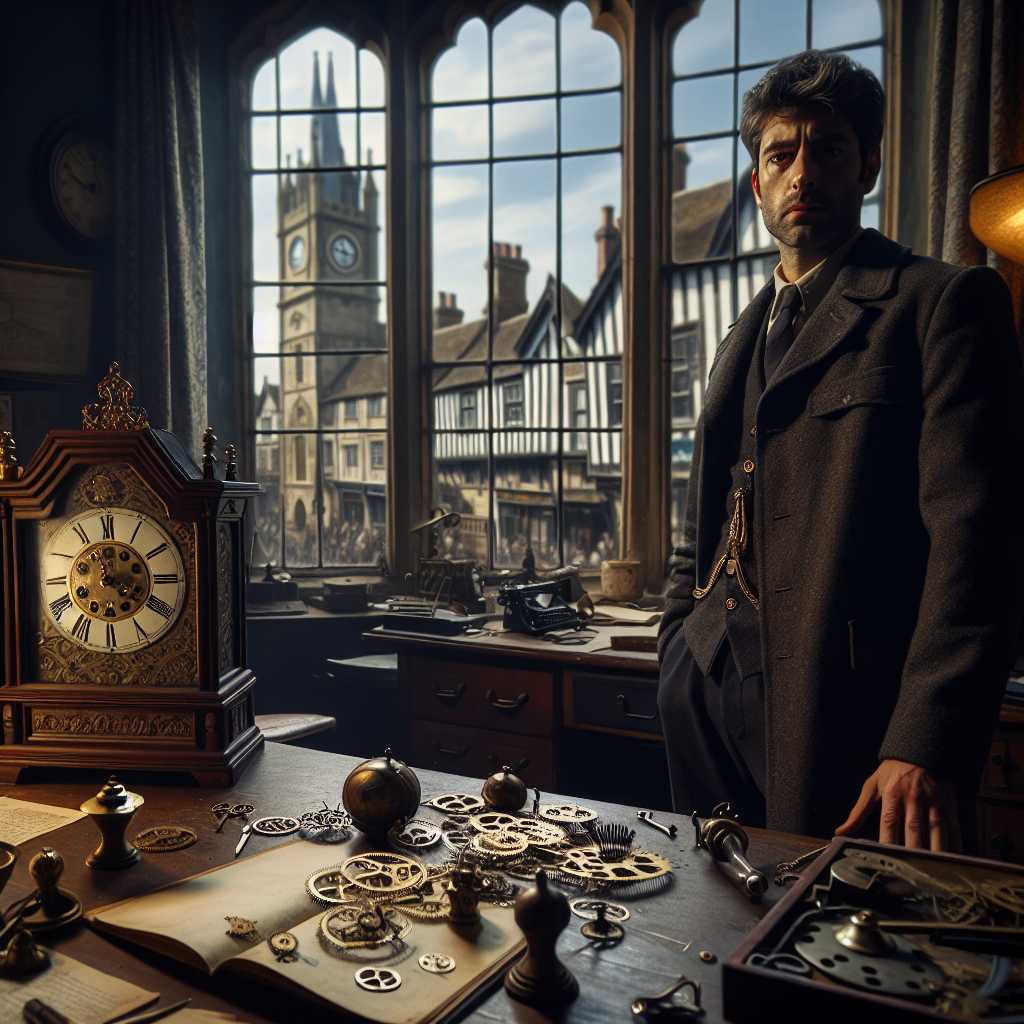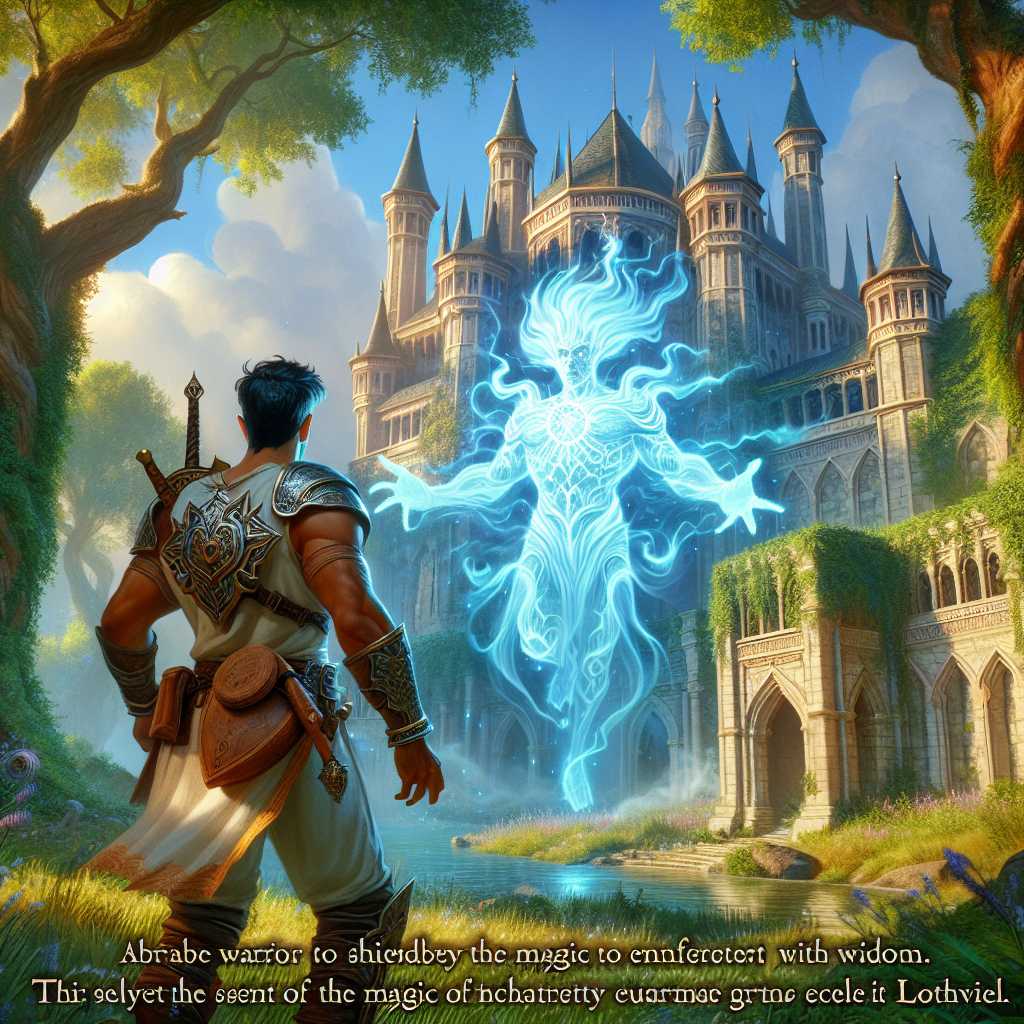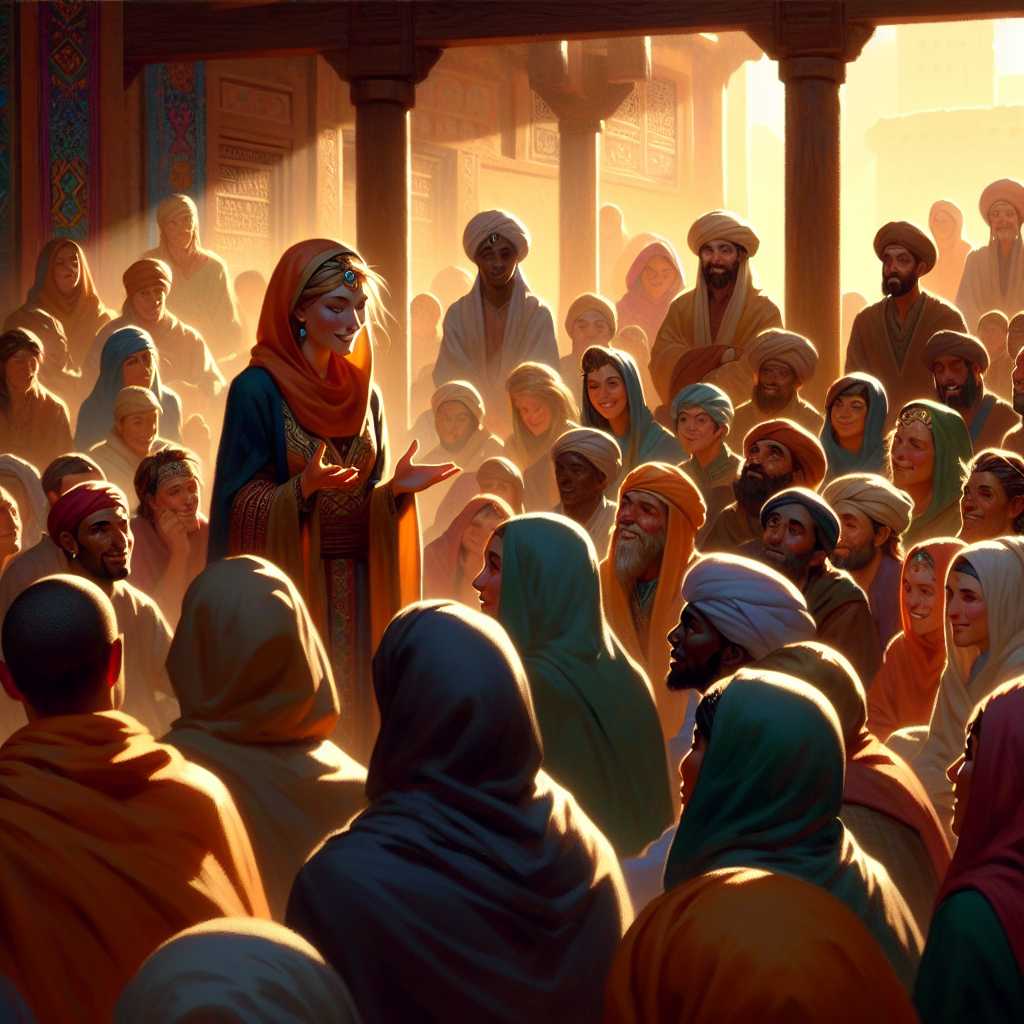
The small, serene town of Willowbrook was the kind of place where time seemed to stand still. The streets were lined with elm trees that whispered secrets with the wind, and the cobblestoned pathways echoed the footsteps of generations past. Despite its idyllic facade, the town harbored dark corners that belied its pristine image. This became strikingly evident with the unsettling events that came to be known as the Clock-Struck Murders.
It all began with a single, macabre discovery. On a crisp October morning, Marcus Doyle, the town’s carpenter, was found dead in his workshop. What made the scene particularly chilling was the large, antique clock hanging above his lifeless body. The clock's hands were eerily stuck at 3:13. At first glance, it looked like a tragic accident, perhaps caused by the old machinery Marcus had been working on. But as the townsfolk gathered around, their whispers grew louder, each one speculating wildly. The constable, an old-world detective named Charles Trenton, surveyed the scene with the cold, methodical eyes of a man accustomed to shadows.
"The clock," Charles mused, "there's something about it." And so, the investigation began.
Weeks passed, and Willowbrook’s residents slowly returned to their routines, leaving the horror of Marcus Doyle's death to the annals of whispered legend. That was, until Wilhelmina Clark, the school librarian, was discovered in her attic, slumped over a chest filled with old books. Above her, a clock—the same antique design as Marcus’s—hung motionless, marking 3:13. The pattern was too pronounced to be a mere coincidence, and fear began to seep into Willowbrook’s cobblestones like rainwater.
Two deaths. Two clocks. One dreadful time.
Constable Trenton spent countless nights in his dim-lit office, pouring over documents and jotting down notes in his leather-bound journal. It was clear there was much more to these incidents than mere accidents. Every detail mattered, every stray clue a potential key to unraveling the enigma.
As he delved deeper, Charles unearthed a web of connections that tied the victims together. Marcus Doyle and Wilhelmina Clark had known each other for decades. Both were born and raised in Willowbrook, and both had roots deeply entwined in the town’s history. However, it was their faint association with a long-forgotten Willowbrook legend that piqued Charles's interest.
Local folklore spoke of an old feud between two families during the town’s earliest days. It was said that the feud culminated in a duel that led to the unusual deaths of both patriarchs. Curiously, these deaths were also marked by a peculiar phenomenon—their clocks supposedly stopped at the same dreaded time of 3:13.
"Could it be some twisted form of retribution?" Charles wondered aloud, furrowing his brow as he traced lines between the old stories and the present horrors.
Determined to get to the bottom of it, Charles decided to pay a visit to Eliza Moore, the town’s oldest resident and an authoritative voice on local history. Eliza’s home was a labyrinth of ancient tomes and dusty relics, her own mini-museum of Willowbrook's past.
"Ah, Constable Trenton," Eliza greeted, her eyes both weary and wise. "I’ve been expecting you."
"Eliza," Charles said as he took a seat, "I need to know about the old feud between the Doyles and the Clarks."
Eliza’s face took on a somber note as she recounted the tale. "It was a long and bitter rivalry, you see. It all started over land, or so the story goes. But it grew into something much darker, a vendetta passed down through generations. The duel was supposed to ensure peace, but it only brought sorrow. The curse of 3:13, they called it."
As the narrative unfolded, Charles could see the pieces falling into place. The victims were descendants of those very families involved in the ancient enmity. Yet, there was still one crucial missing piece—who was orchestrating these murders, and why now?
His eureka moment came unexpectedly, while attending the town council meeting where the mayor proposed a new construction project. Protests broke out, led by none other than Jonathan Clarke, Wilhelmina’s grandson. Jonathan had always been protective of Willowbrook’s heritage, vehemently opposing any changes to its old ways. Charles’s mind raced. What if Jonathan was trying to send a message through these symbolic murders, using the legend to his advantage?
With newfound vigor, Charles gathered evidence and soon uncovered a hidden room in Jonathan’s house. It was filled with documents, old clocks, and maps detailing the locations of the planned constructions. His suspicions confirmed, Charles apprehended Jonathan, who broke down and confessed, his voice tinged with a mix of remorse and defiance.
"The town was forgetting its roots, Constable. I needed them to remember, to understand the weight of history. I never wanted it to go this far..."
The trial was swift. Jonathan Clarke was sentenced to life in prison, leaving the town of Willowbrook to grapple with the chilling memories and scars left behind by the Clock-Struck Murders.
Time in Willowbrook resumed its usual pace, but the haunting legacy of 3:13 remained a silent reminder, a spectral echo in the tick-tock of the town’s many clocks.










